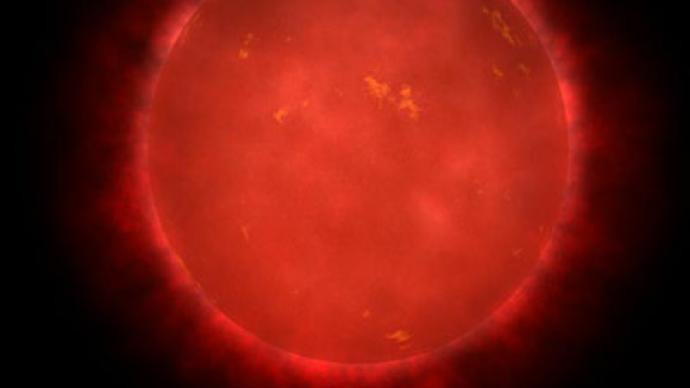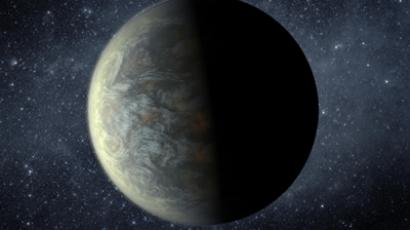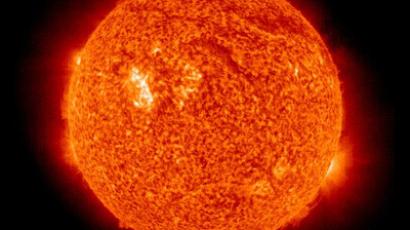‘Tens of billions’ of potentially habitable planets in our galaxy

Scientists have long assumed that the best chance of finding alien life in the universe is on planets similar to ours. The latest scientific discoveries show that there might be tens of billions of such planets in our galaxy alone.
Astronomers at the European Southern Observatory in Chile came to these findings after studying more than a hundred red dwarves, the most common stars in the universe.The French-led team found out that 40 per cent of red dwarves are orbited by super-Earths – planets up to ten times bigger than our own – which are the correct distance away from their star for liquid water to be found on them. Liquid water is considered a major precondition of life.From then on, figuring out the amount of potentially habitable planets was only a matter of math."Because red dwarfs are so common – there are about 160 billion of them in the Milky Way – this leads us to the astonishing result that there are tens of billions of these planets in our galaxy alone,” lead researcher Xavier Bonfils from the Observatoire des Sciences de l'Univers in Grenoble, France, said in a statement.Despite the mind-boggling possibilities of billions of other civilizations, astronomers say it’s not time to record our interplanetary greetings just yet.Dr. Stephane Udry, from the Geneva Observatory, another member of the international team, warned: “The habitable zone around a red dwarf, where the temperature is suitable for liquid water to exist on the surface, is much closer to the star than the Earth is to the sun."'But red dwarfs are known to be subject to stellar eruptions or flares, which may bathe the planet in X-rays or ultraviolet radiation, and which may make life there less likely.”The team in Chile say they will now zoom in on specific stars where Earth-like planets are most likely, in the hope of getting detailed snapshots of their atmospheres, which may give a further clue about the possibility of alien life.But, even if we do find extraterrestrials there, we are unlikely to pay a visit any time soon.While in space terms these potentially habitable planets are our neighbors, the closest suitable red dwarves are 30 light years away – 180 billion miles from the sun, and far beyond our space-traveling capacity.














